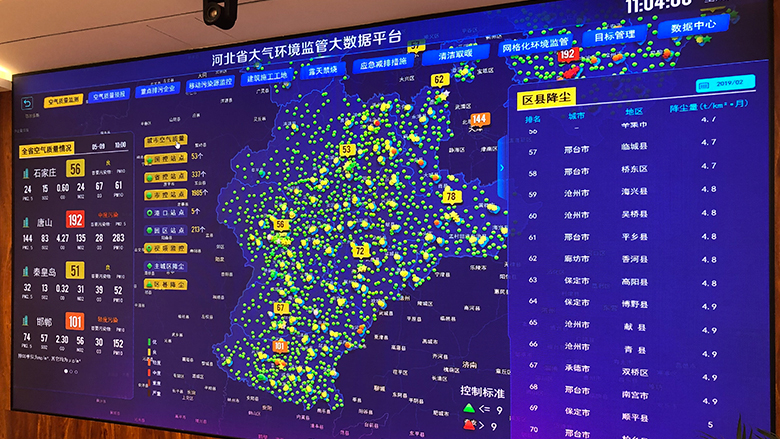In the Beijing-Tianjin-Hebei region, home to 110 million people, Hebei contributes the most to air pollution, responsible for 70% of PM 2.5 emissions, an air pollutant that poses the greatest health risk. The province has the highest annual average concentrations of PM 2.5.
Hebei’s air pollution challenges are the result of a large concentration of highly polluting industries and vehicles, coupled with a large agricultural sector. For example, Hebei is the largest iron and steel producer in China, accounting for about one-quarter of the national output, and an important producer of cement and flat glass. Most of the power plants in the province are coal fired. In 2014, coal accounted for nearly 90% of its total energy consumption.
Industrial processes are the main source of primary PM2.5, while residential emissions stemming from stalk burning and coal, mainly to fuel stoves, is the second largest.
Hebei has thus been a key battlefield in China’s war on air pollution. In 2013, the provincial government announced a five-year action plan outlining a series of measures to reduce air pollution and win the battle for blue skies.
In 2016, the World Bank approved a US$500 million loan to support the implementation of these measures, adopting the Program-for-Results (PforR) lending tool which links loan disbursements to tangible results on the ground.
Continuous Monitoring to Ensure Compliance
To reduce emissions from key industrial sectors, Hebei has issued the most stringent industrial emission standards in the country. A continuous emission monitoring system has been established to track and enforce compliance by all industrial enterprises in the province.
Data collected through the system is now also used by the government to analyze emission trends and inform policymaking. A public information channel on the Ecology and Environment Bureau’s official website allows anyone interested to check emission information on any one company.
On the emitter side, desulfurization, denitrification and dust removal facilities have been installed in iron and steel, power, coking, petrochemical, cement and other industrial enterprises to minimize emissions. Monitors at the plants automatically collect and transmit data to the province’s big data platform.
In the provincial government’s environmental information center, real-time emission data is displayed on an electronic map. “When excess emissions are detected, a warning sign appears. Then the enterprise is required to file a report to the environmental department within 12 hours. If the excess emission persists, then the enforcement department steps in. These three steps will ensure that the problem is addressed immediately,” explained Han Chunliang, an assistant director of the information center.
The system also monitors urban air quality, with over 2,000 air quality monitoring stations spread across Hebei, more than any other province in China, said Han.
China’s multi-level air quality monitoring network is the most extensive in the developing world, covering all the provinces, cities, counties, districts and townships. Other sources of air pollution, such as vehicular exhaust, construction dust and burning of crop residue, are also monitored online and in real time.

